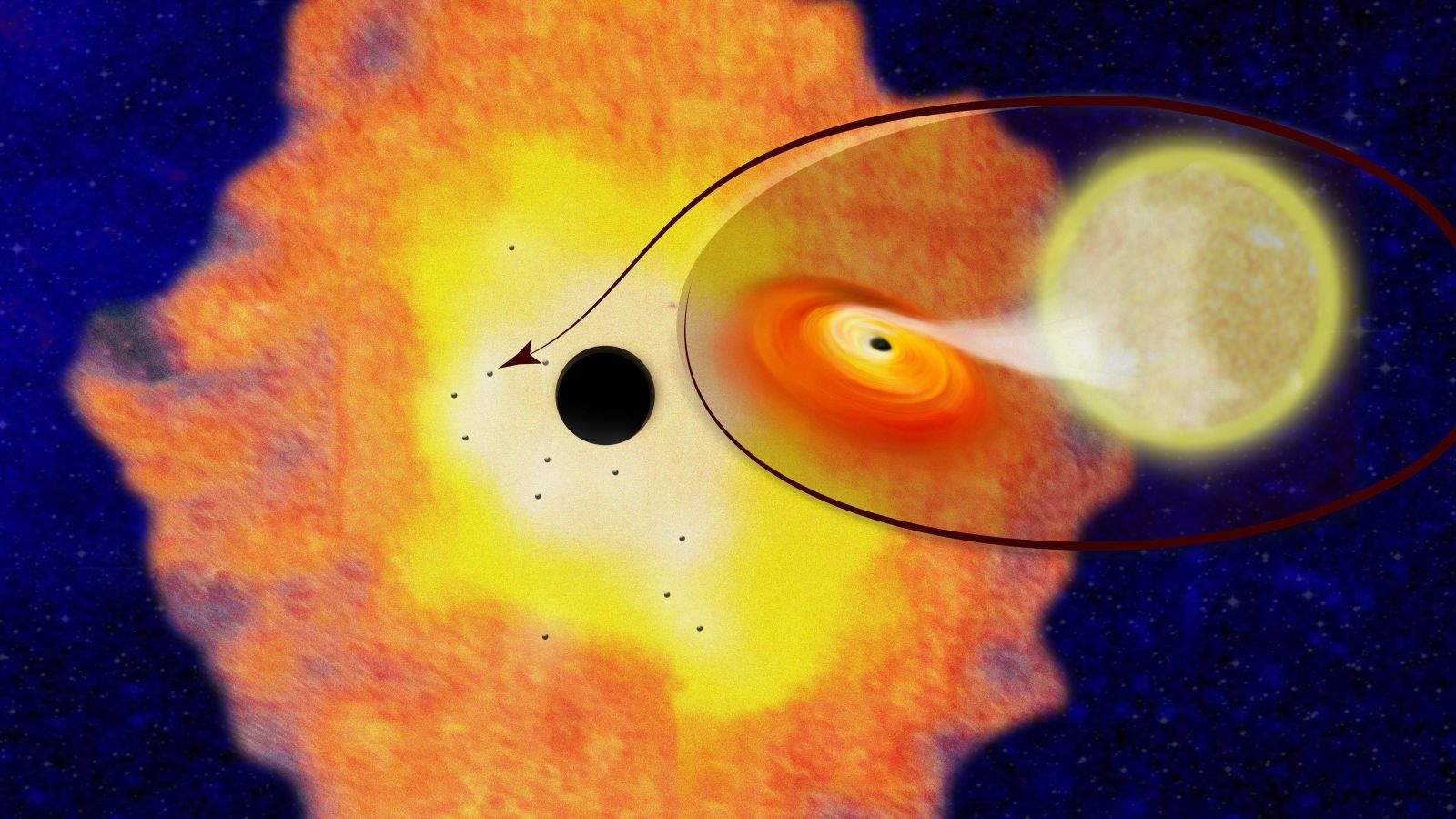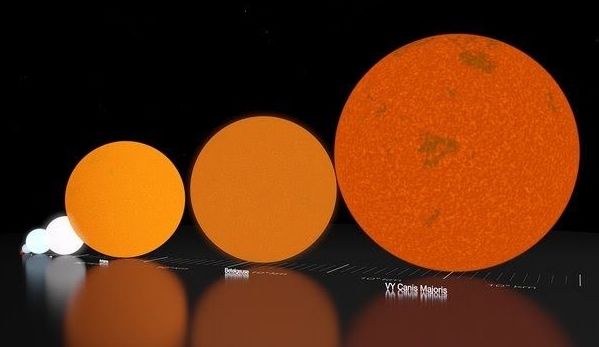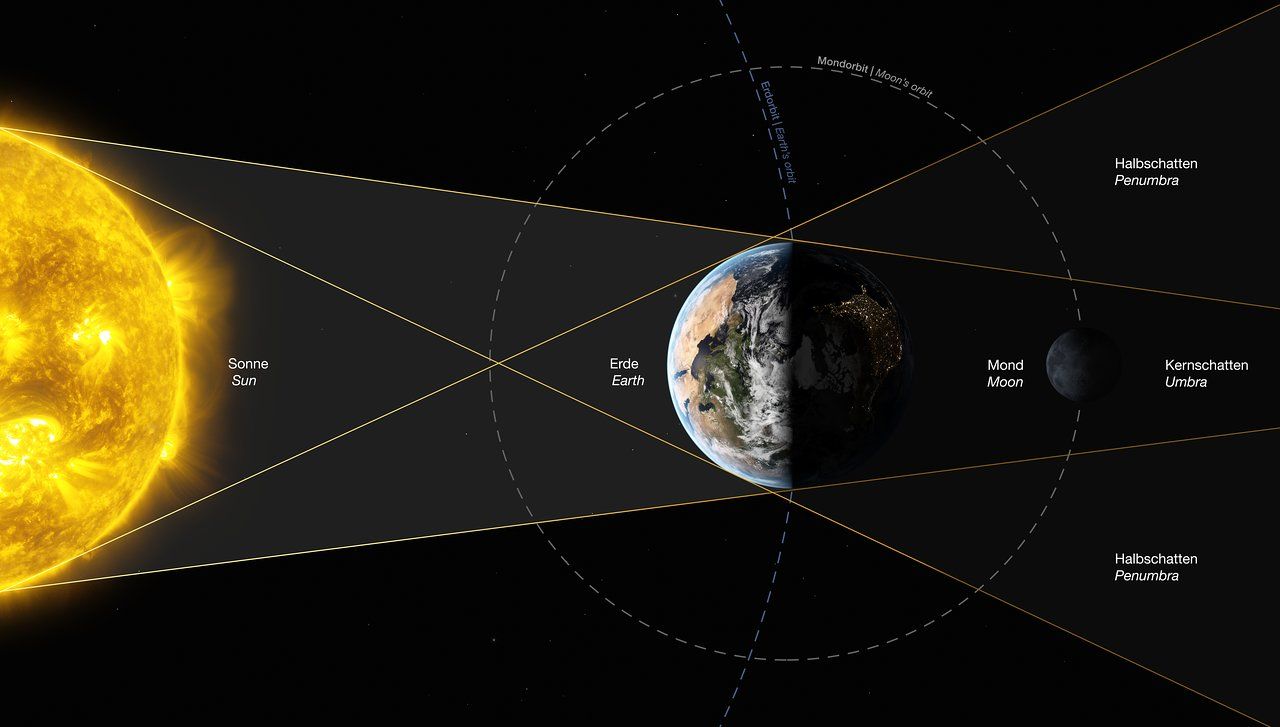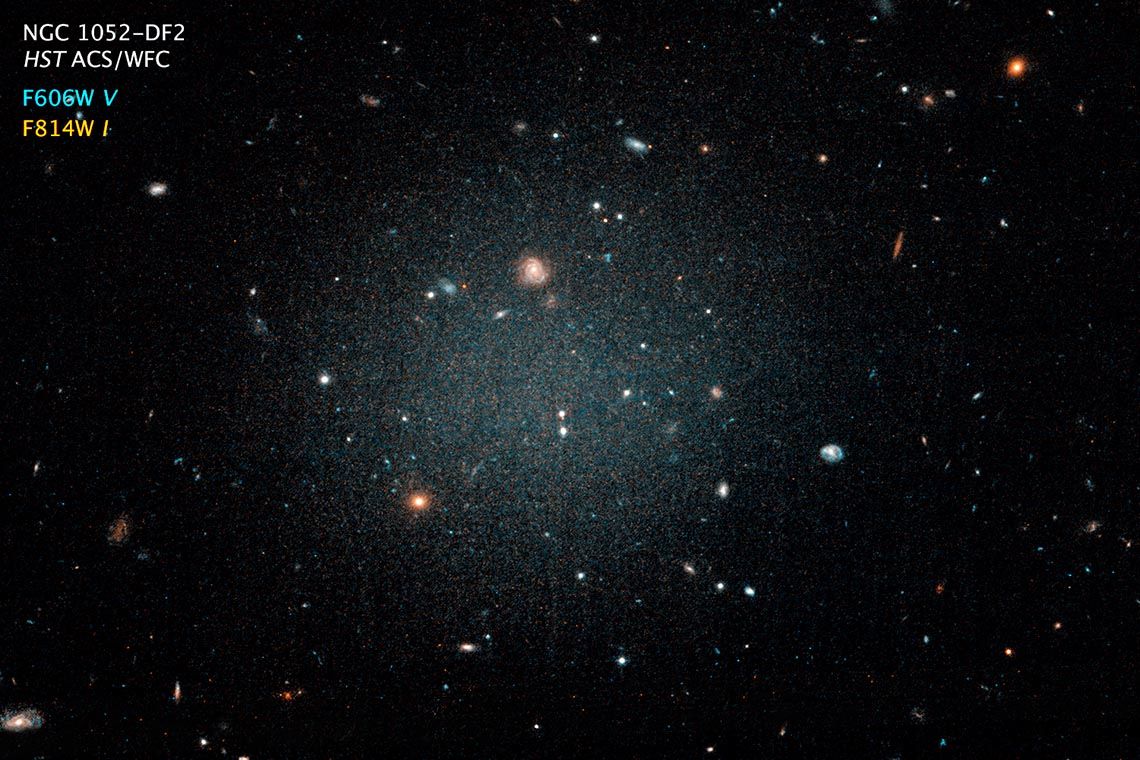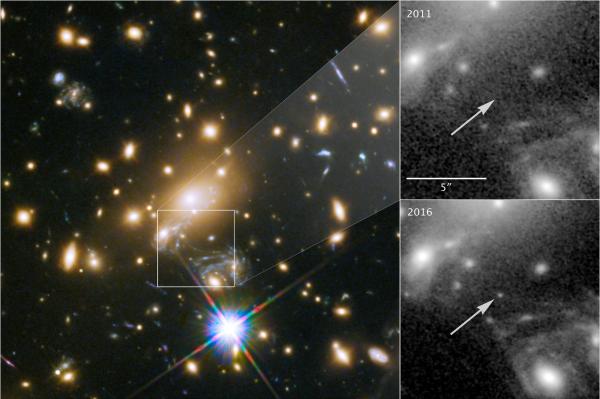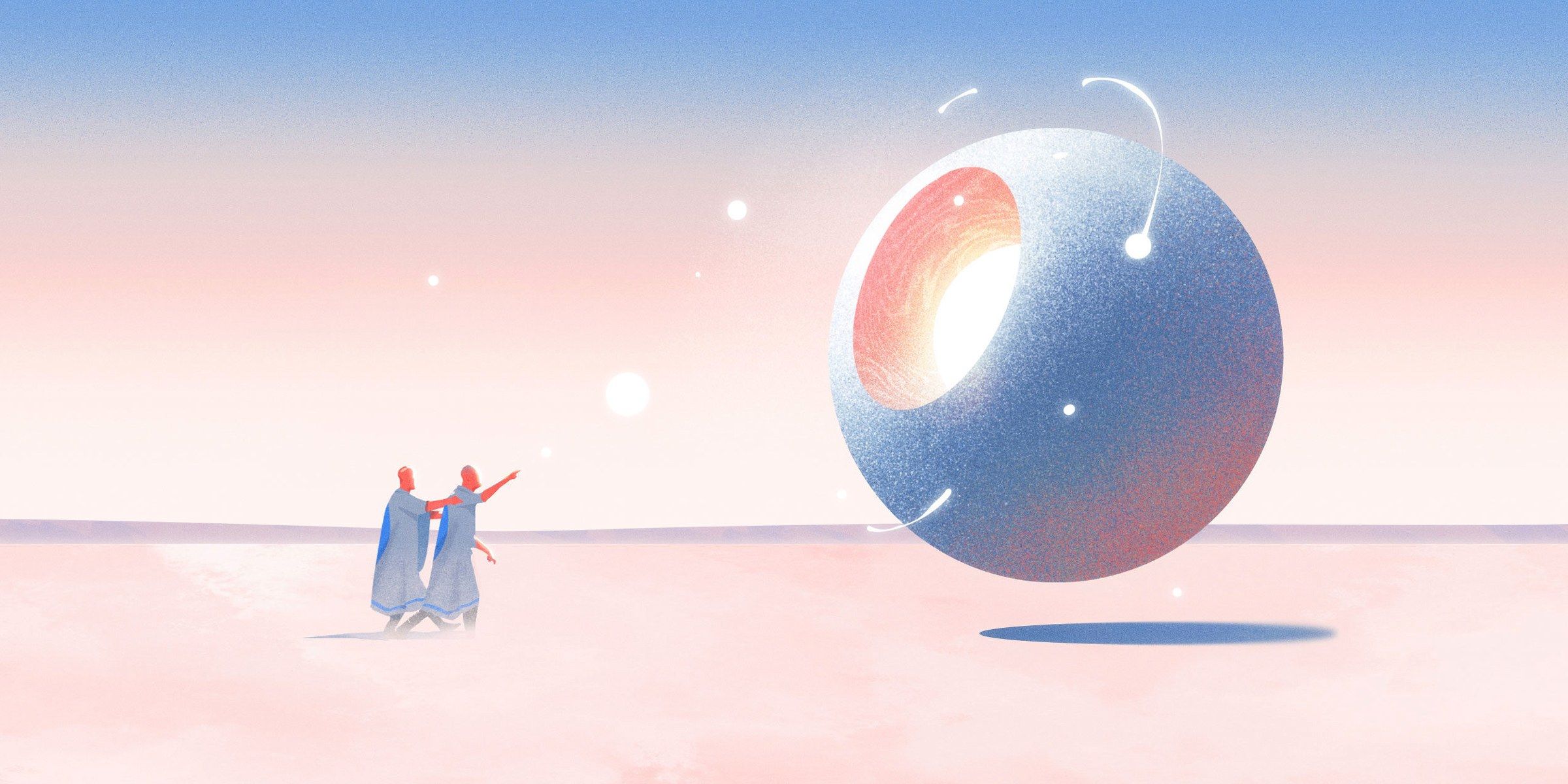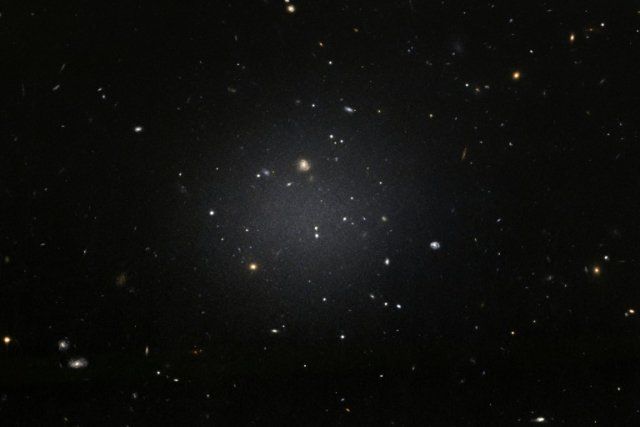Astronomers have long predicted that as many as 20,000 black holes could be hiding in our galaxy’s center, but so far no one has been able to spot them. Until now.
A Columbia University-led team of scientists dug through data taken with the Earth-orbiting Chandra X-ray Observatory to find the objects. They managed to find a dozen characteristic x-ray sources spewing energy from the galaxy’s inner three light-years. This is the first time anyone has observed these black holes.
“It’s the confirmation of several theories that predicted this ought to be the case,” study author Chuck Hailey, Columbia University astrophysics professor, told Gizmodo. “But it’s strange to have had this many and not really see them.”
